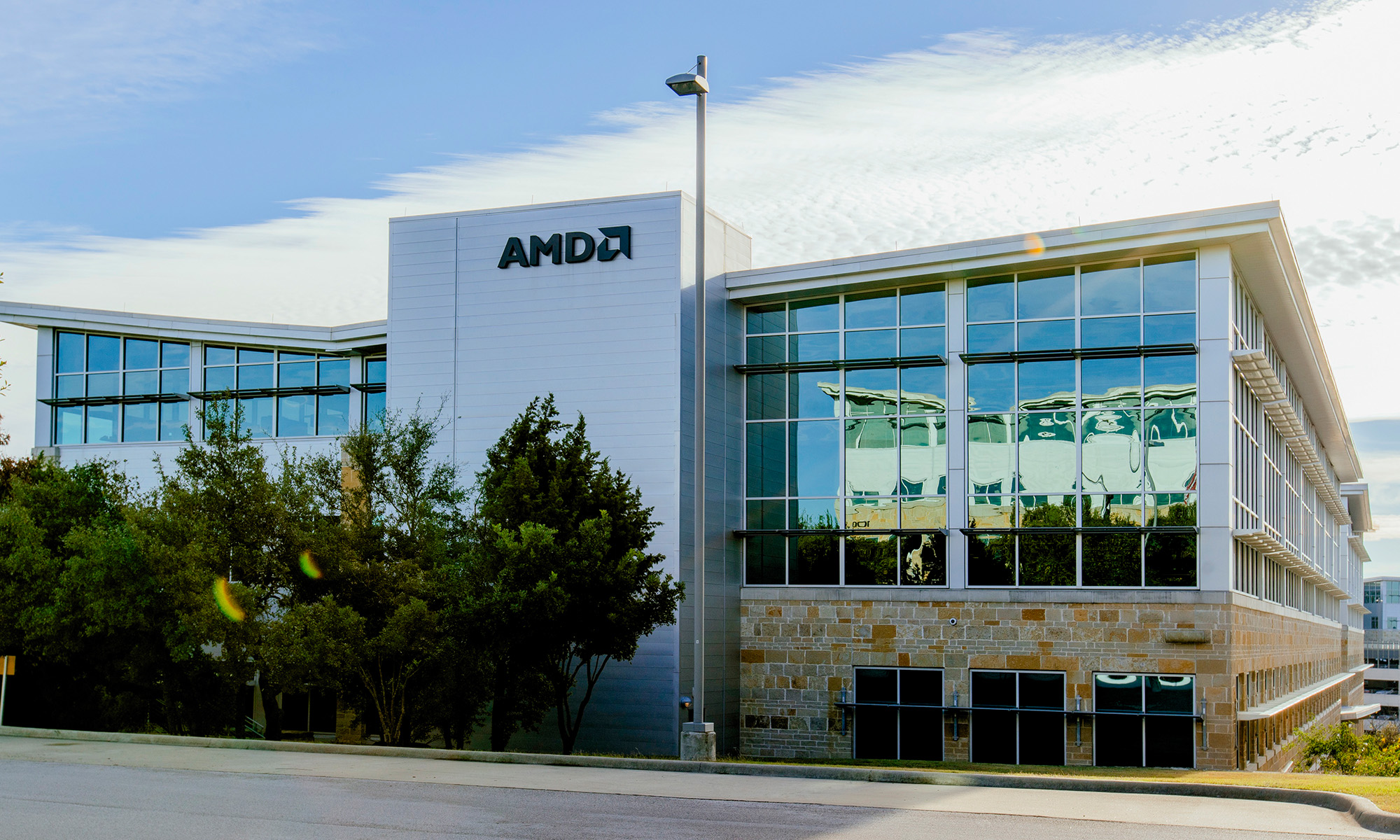Advanced Micro Devices (AMD +1.79%) has rewarded investors handsomely over the past five years. Shares of the chipmaker have surged nearly 600%, driven mainly by the company's improving market share in the client and server processor markets.
However, AMD has run into a rough patch in recent months thanks to the big crash in personal computer (PC) sales and softness in the data center market on account of tepid demand from enterprise customers. Despite these headwinds, AMD stock has shot up 72% year to date, indicating that investors still have confidence in the company's ability to deliver growth.

NASDAQ: AMD
Key Data Points
But can AMD overcome the headwinds it is facing right now and regain its mojo? More importantly, does it make sense for current AMD shareholders to hold on in anticipation of solid gains over the next five years as well? Let's find out.
AMD could take advantage of new growth drivers over the next five years
AMD has grown significantly over the past five years. The company's revenue at the end of 2017 stood at $5.3 billion. It ended 2022 with a top line of $23.6 billion, good for a compound annual growth rate of 35%. However, 2023 is likely to be a down year for AMD with the company expected to deliver $23.0 billion in revenue thanks to the headwinds pointed out above.
PC sales should decline double digits this year, and AMD missed out on the initial demand for the graphics processing units (GPUs) needed for artificial intelligence (AI) applications, so the company's near-term prospects don't seem too promising. However, AMD is expected to return to growth in fiscal 2024 and sustain that momentum in 2025.
Data by YCharts,
There are two major reasons why AMD should be capable of staging a turnaround.
The first is the company's embedded processor business. This segment produced a record $1.56 billion in revenue in the first quarter of 2023, up significantly from $595 million in the year-ago period. It accounted for 29% of the company's quarterly revenue. The impressive growth in this business was driven by AMD's acquisition of Xilinx, which was completed in Feb. 2022.
AMD claims this acquisition has given it access to a massive addressable revenue opportunity worth a whopping $135 billion. Xilinx's portfolio of chips includes field-programmable gate arrays (FPGAs), adaptive system-on-chips (SoCs), data processing units (DPUs), and adaptive compute acceleration chips. The demand for these chips will grow rapidly thanks to their application in multiple industries such as data centers, gaming, AI, wireless communications, and automotive.
The FPGA market, for instance, could clock a 15% annual growth rate through 2030. And the DPU market could grow 27% annually through 2031 per third-party estimates. Xilinx was a leading player in the market for programmable chips before it was acquired by AMD.
As such, the embedded business is poised to move the needle in a significant way for AMD over the next five years, given its influence on the company's top line and the terrific revenue opportunity on offer.
The second big opportunity that could drive stronger growth at AMD going forward is the data center business. This business produced $1.30 billion in revenue for AMD in the first quarter, and it was flat year over year as higher inventory levels at certain data center customers led them to reduce their orders. However, AMD sees a long-term total addressable market (TAM) worth $42 billion in the data center business, which means there's still a lot of room for growth in this segment.
Even better, AMD has been gaining ground against Intel in the server market at a nice pace. The company finished 2022 with an estimated server market share of 15.6%, and that figure should rise to 20.5% this year. According to other estimates, AMD's share of the server market could even climb beyond 30%. As the data center business is another key driver of AMD's revenue, healthy market share gains in this space should ideally give the company's growth a nice boost over the next five years.
How much upside can investors expect?
According to the revenue outlook above, AMD's top line could hit $31.2 billion in 2025. Based on this year's revenue outlook of $23.0 billion, the company would still enjoy 16% annual top-line growth in 2024 and 2025. If it conservatively maintains that growth rate through 2027, its annual revenue would reach about $41 billion by the end of the next five years.
Multiplying AMD's that revenue estimate by its five-year average price-to-sales ratio of 7.4, the stock would boast a market cap of $303 billion. That would be a jump of more than 60% from its current level, suggesting that AMD could deliver market-beating returns for investors looking to buy a growth stock for the long run, especially considering the potential for it move aggressively into new areas such as AI.







